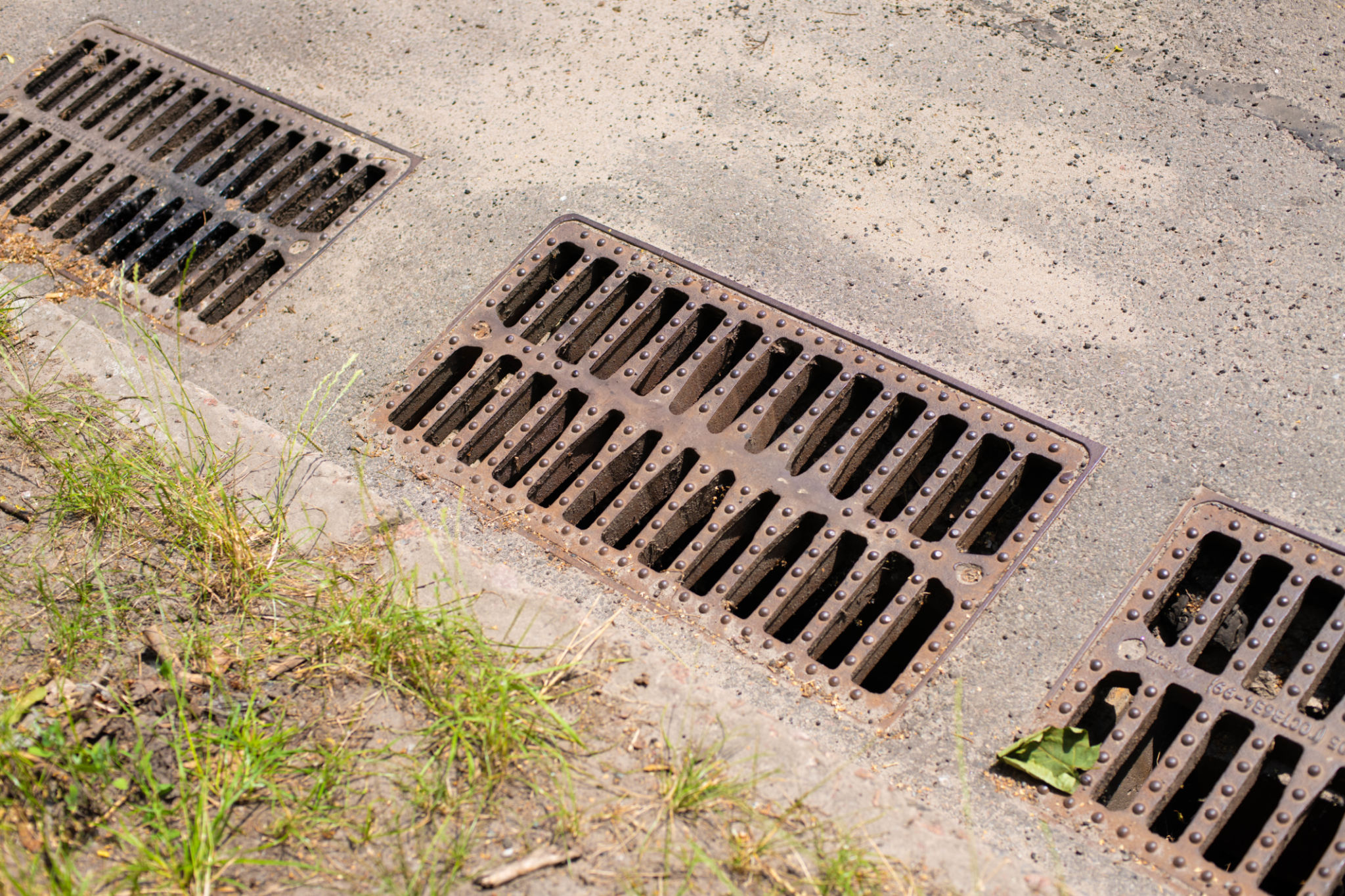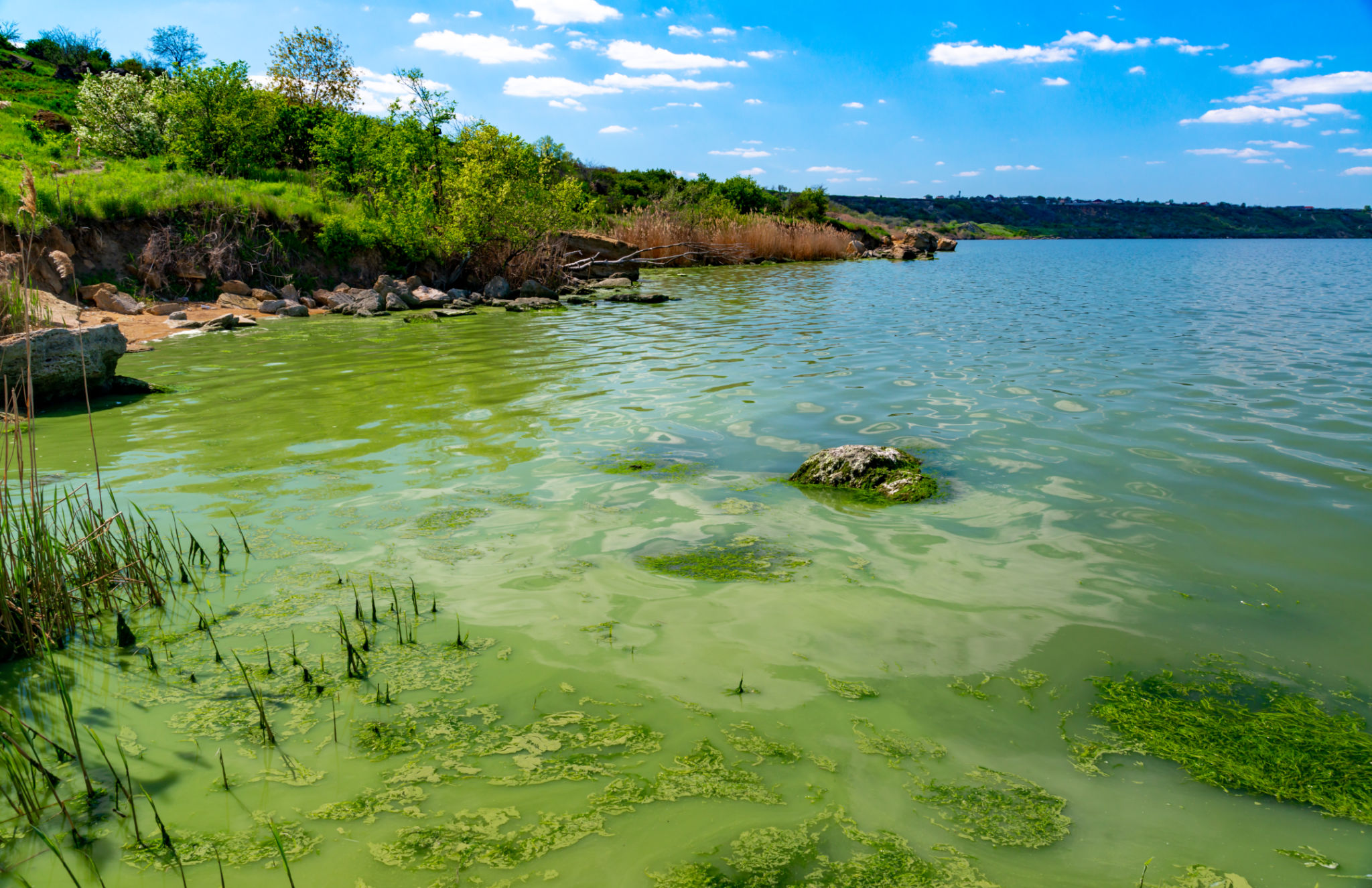The Role of Bio-Swales in Reducing Nitrogen and Phosphorus Pollution
Understanding Bio-Swales
Bio-swales are innovative landscape features designed to manage stormwater runoff while simultaneously filtering pollutants. These shallow, vegetated channels mimic the natural water filtration process, making them an effective tool for reducing nitrogen and phosphorus pollution. By integrating bio-swales into urban and agricultural environments, communities can enhance water quality and contribute to the health of local ecosystems.
Unlike traditional drainage systems, bio-swales slow down water flow, promoting the infiltration of water into the ground. This not only reduces the volume of runoff but also allows plants and soil microbes to absorb excess nutrients like nitrogen and phosphorus. As a result, bio-swales help mitigate pollution before it reaches larger bodies of water.

The Environmental Impact of Nitrogen and Phosphorus
Nitrogen and phosphorus are essential nutrients for plant growth. However, when present in excessive quantities, they can lead to detrimental environmental effects, such as algal blooms. These blooms deplete oxygen levels in water bodies, harming aquatic life and disrupting ecosystems. By capturing these nutrients before they enter waterways, bio-swales play a crucial role in preventing such ecological imbalances.
Agricultural runoff is a significant source of nitrogen and phosphorus pollution. Fertilizers used in farming often contain these nutrients, which can be washed away by rain into rivers and lakes. Bio-swales, when strategically placed, can intercept this runoff, thereby reducing the nutrient load entering natural water systems.

Design Elements of Effective Bio-Swales
For bio-swales to function optimally, they must be carefully designed and maintained. Key design elements include:
- Vegetation: Choosing the right plants is critical. Native species that can tolerate both wet and dry conditions are ideal because they require minimal maintenance and provide habitat for local wildlife.
- Soil Composition: The soil must have good permeability to facilitate water infiltration. A mix of sand, silt, and clay is often used to balance infiltration with nutrient absorption.
- Grading: The slope of the bio-swale should be gentle enough to slow water flow but steep enough to prevent pooling.
Proper design ensures that bio-swales remain effective in capturing and filtering pollutants over time.
The Role of Bio-Swales in Urban Planning
In urban areas, impervious surfaces like roads and sidewalks prevent water from naturally soaking into the ground. This increases runoff and the potential for pollution. Bio-swales offer a sustainable solution by integrating green infrastructure into city landscapes. They can be incorporated into road medians, parking lots, and residential areas to manage stormwater while enhancing urban aesthetics.

Additionally, bio-swales contribute to urban biodiversity by providing habitats for birds, insects, and other wildlife. This fosters a healthier urban ecosystem and improves the overall quality of life for city residents.
The Economic Benefits of Implementing Bio-Swales
Beyond environmental advantages, bio-swales also offer economic benefits. By reducing the need for expensive stormwater treatment facilities and lowering flood risks, they can decrease infrastructure costs for municipalities. Moreover, enhancing property landscapes with bio-swales can increase real estate values by creating visually appealing environments.
In the long run, investing in bio-swales can lead to significant savings on water management expenses while supporting sustainable urban development.

Challenges and Considerations
Despite their benefits, implementing bio-swales comes with challenges. Maintenance is crucial to ensure their continued effectiveness. Regular inspections are necessary to remove debris, manage plant growth, and address any erosion issues. Without proper upkeep, bio-swales may become clogged or less efficient at filtering pollutants.
Moreover, public awareness and education are vital to encourage community support for bio-swale projects. Residents need to understand the role of these installations in improving water quality and how they can contribute to their upkeep.
Conclusion: The Future of Bio-Swales
The potential of bio-swales in managing nitrogen and phosphorus pollution is substantial. As climate change continues to influence weather patterns and increase rainfall intensity, the need for effective stormwater management solutions grows. Bio-swales represent a promising approach that aligns with both environmental goals and urban development needs.
By embracing this green infrastructure technique, communities can proactively protect water resources while fostering sustainable growth. The integration of bio-swales into future planning will be a key component in addressing the challenges posed by nutrient pollution and urban runoff.